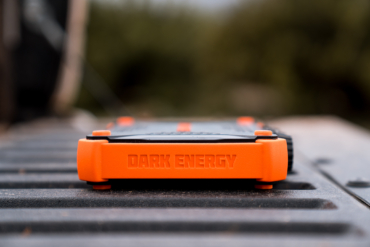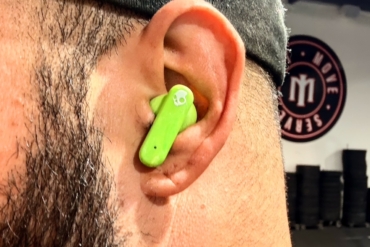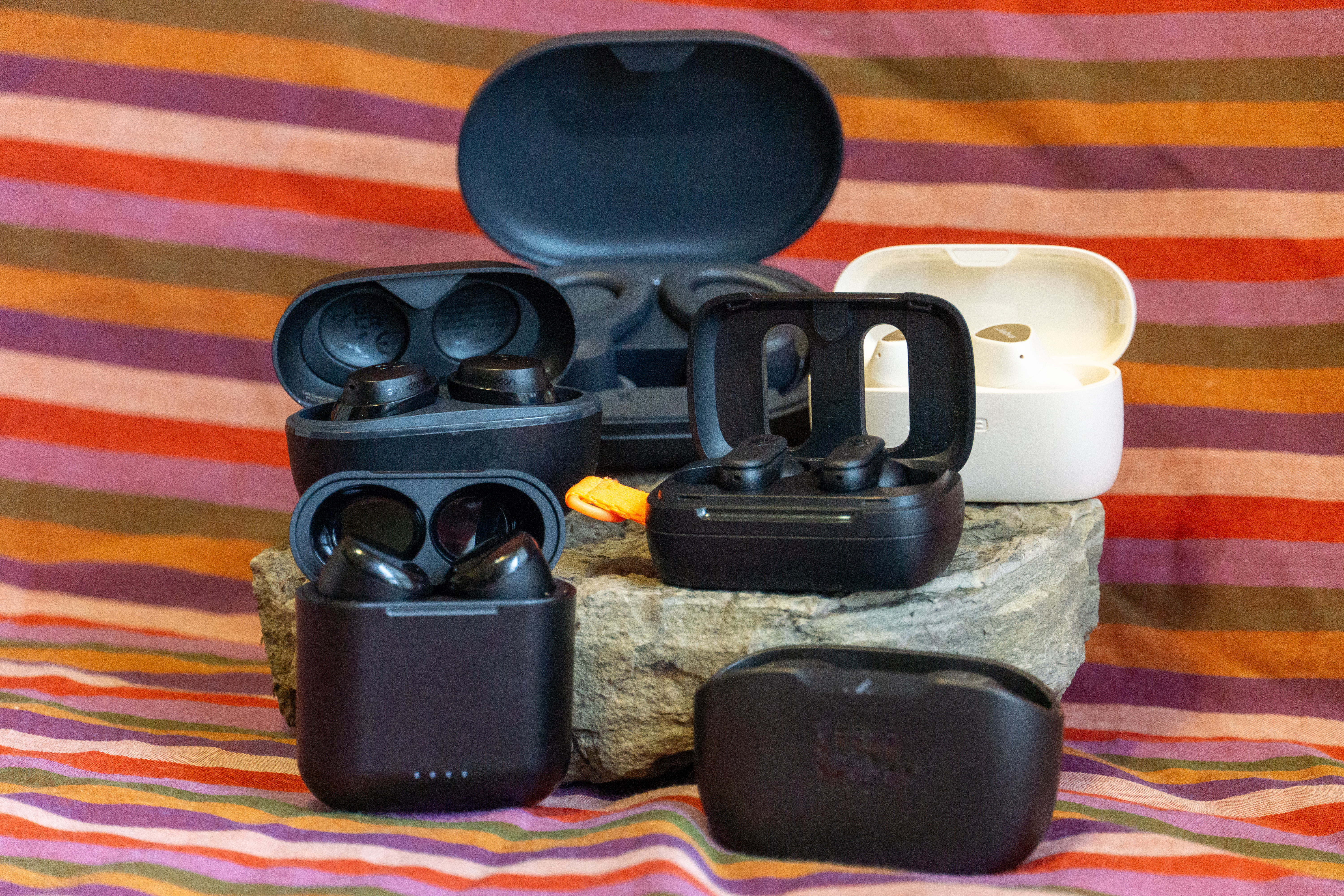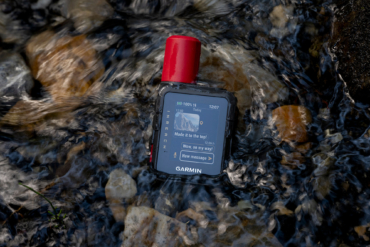Polar, maker of fitness wearables such as the Vantage V2 smartwatch, has announced a shift in its business. The company is now offering a stable of 25 fitness-tracking algorithms to outside partners in an effort dubbed “Powered by Polar.”
At first glance, this might not be the most earth-shaking announcement for gear junkies. But the implications, especially given its first taker, have far-reaching potential. The partner’s name is Casio, one of the world leaders in rugged, versatile quartz timepieces.
The fruit of this new team-up is the Casio G-SHOCK GBDH2000. With a cost of $399 and a release date of March 10, this intriguing smartwatch combines Polar’s nearly half-century of fitness monitoring with the go-anywhere, tough-as-nails G-SHOCK aesthetic.

What Polar Brings to the Table
If you’ve shopped for a fitness tracker anytime recently, you’ve likely run across Polar. While not as well-known as Garmin or Fitbit, the company has been around since 1977. Its scientists developed the first wireless, wearable heart rate monitor (the Sport Tester PE 2000) in 1982.
As the years passed and technology improved, Polar has continued to hone its craft. This new opening of its software catalog “comprises 25 algorithms for commercial partners to pick and choose from, fueled by millions of user validations and covering sleep, training, wellness, activity, performance, and recovery.”
The move may signal a retreat from the hardware market, as well. In its own press release, Polar acknowledges the difficulty of building a wearable tech brand from scratch: “Partners can now expand their offering in ways previously unimaginable, bypassing years of required investment in research, science, and testing with an out-of-the-box solution from Polar, the world-leader in personal guidance for fitness, sport, and health.”
This sounds like a natural fit for Casio if they’re looking to compete with the likes of Garmin. Yet, this isn’t the brand’s first foray into smartwatches. In 2021, the company released its G-SHOCK MOVE PRO GSWH1000-1, powered by Google’s Wear OS system. However, this product appears to be either discontinued or in limited supply, as the company shifts its focus to the new models.

And according to Casio, this latest G-SHOCK is a powerhouse: “Incorporating an updated design and technology, the GBDH2000 is now equipped with GPS functionality and 6 sensors that each track different elements, to support the user across a wide range of activities from running to biking to swimming. In addition, the watch boasts a new algorithm to analyze training sessions and an improved usability of the dedicated app.”
What This Means for Consumers
Let’s focus on the last two words of that statement. “Dedicated app.” It won’t actually be Polar’s, at least in this case. There’s a lot of B2B wording in the press release, but from what we can gather, this particular business partnership is an algorithms- and software-only deal. That means that this G-SHOCK isn’t intended to function with the Polar Flow app and ecosystem.

Instead, the GBDH2000 (we really need a catchier name) will operate on the Casio Watches app. This is the same program you’d use to connect your Bluetooth or semi-smart G-SHOCKS in the past. However, the platform is currently undergoing some upgrades. As the new watch’s product page says, “This app and product are currently in development and specifications are not yet final.”
One of the more shocking numbers isn’t the number of modes or sensors, but the price. Casio has set the GBDH2000’s preorder cost at $399, which is less than several members of our Best Fitness Watches of 2023 lineup. That includes its now-cousin, the Polar Vantage V2.
We’re keen to see how this new G-SHOCK stacks up against the competition in fit, finish, interface, and performance. Based on the track record of both companies involved, consumers may be in for a treat.
Polar plans to make its algorithms available to more “select partners” in the industry later in the year, but Casio’s new G-SHOCK model will be the first.









